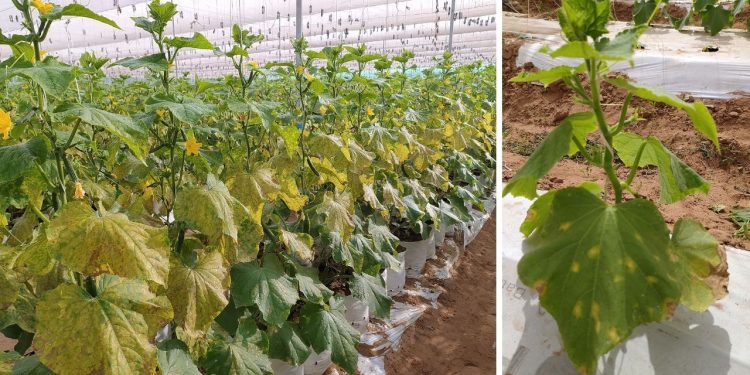IG Aatreyas Pvt Ltd emphasizes the significance of Integrated Pest Management (IPM) in cucumber cultivation, highlighting its role in ensuring crop health and productivity. With the increasing demand for sustainable agricultural practices, IPM provides an effective solution for pest control while prioritizing environmental stewardship.
The Impact of Greenhouses on Pest and Disease Management
Greenhouses play a crucial role in enhancing pest and disease management strategies. They offer several benefits that contribute to healthier crops and increased yields:
- Enhanced Crop Health: By creating optimized growing conditions, greenhouses promote plant growth and improve pest resistance. This results in healthier cucumber plants and higher yields.
- Physical Barrier: Greenhouses serve as physical barriers against pests, significantly reducing the need for chemical pesticides. This not only protects crops but also minimizes environmental impact.
- Microclimate Control: Maintaining ideal humidity and temperature within greenhouses helps reduce the prevalence of fungal and viral infections. This control is vital for the overall health of cucumber plants.
- Reduced Pesticide Dependency: By limiting pest access, greenhouses enable more sustainable farming practices, leading to fewer chemical interventions and a lower ecological footprint.
Major Pests and Diseases Affecting Cucumber Plants
Cucumber growers must be aware of various pests and diseases that can threaten their crops. Below are some of the most common issues, along with management strategies:
- Damping Off
- Symptoms: Seedlings collapse onto the soil surface.
- Management: Maintain optimal soil moisture and apply preventive fungicides.
- Downy Mildew
- Symptoms: Yellow spots on leaves turning brown.
- Management: Regular fungicide applications in humid, hot conditions.
- Powdery Mildew
- Symptoms: White powdery fungus on leaves and stems.
- Management: Routine fungicide spraying to avoid infection.
- Wilt
- Symptoms: Leaves turn dull green, followed by yellowing and browning.
- Management: Remove infected plants, improve water management, and apply preventive fungicides.
- Nematodes
- Symptoms: Nodules form on roots, hindering absorption of water and nutrients.
- Management: Soil solarization and crop rotation.
- Whitefly
- Symptoms: Sucking pests on leaf undersides, causing production loss.
- Management: Remove weeds, monitor crops, and apply insecticides.
- Leaf Miner
- Symptoms: Larvae tunnel within leaves, leaving winding trails.
- Management: Use Abacin spray to prevent infestations.
- Thrips
- Symptoms: Leaf deformities, especially in new growth.
- Management: Regular inspections and targeted insecticide applications.
- Mites
- Symptoms: Webbing and yellowing of leaves.
- Management: Ensure moisture levels and apply miticides.
- Aphids
- Symptoms: Curling leaves and viral transmission.
- Management: Monitor aphid infestations and apply insecticides.
- Mealybug
- Symptoms: Honeydew production, leading to reduced yield.
- Management: Weed control and insecticide spraying as needed.
- Cucumber Mosaic Virus (CMV)
- Symptoms: Yellow mottling and stunted plant growth.
- Management: Use virus-resistant varieties and manage pests like aphids and whiteflies through IPM.
- Caterpillars
- Symptoms: Attacks on flowers and leaves, reducing fruit set.
- Management: Remove weeds and ensure proper aeration.
By adopting these integrated pest and disease management strategies, investors and entrepreneurs can enhance their cucumber cultivation efforts, ensuring sustainable practices that contribute to the overall health of the agricultural ecosystem.











